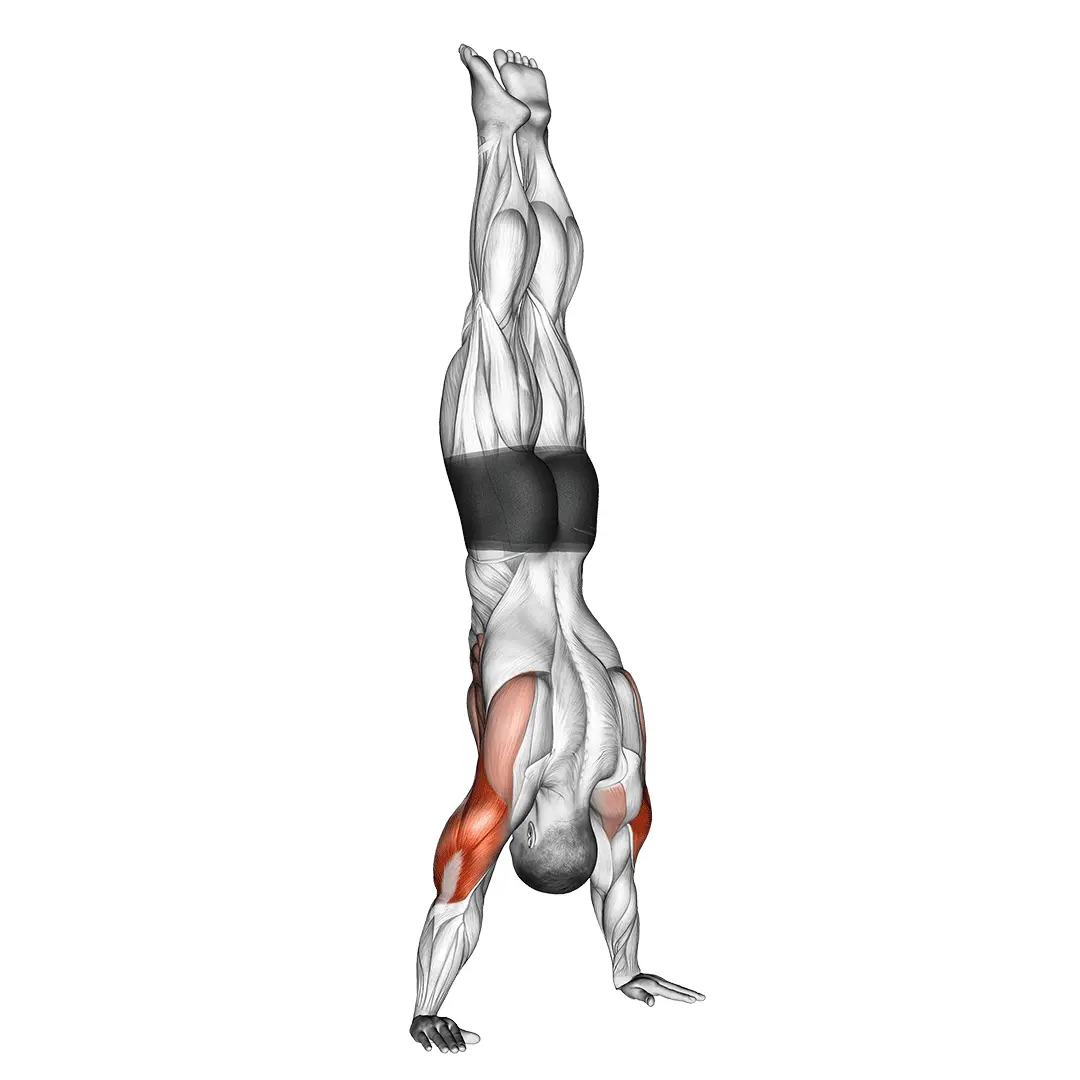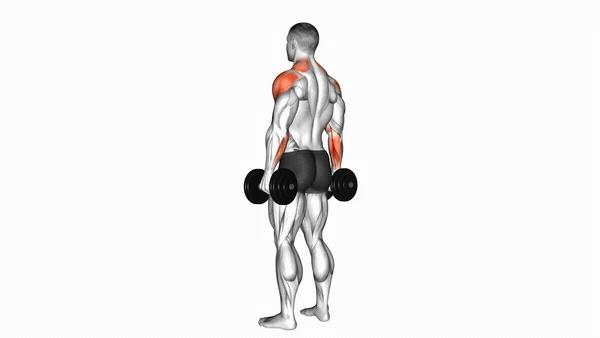Dumbbell Face Pull

Muscles Involved
The dumbbell face pull primarily targets the posterior deltoids, which are vital for shoulder stability and strength. It also engages the upper back muscles including the rhomboids and trapezius, contributing to improved posture. Additionally, the rotator cuff muscles are activated to support and stabilize the shoulder joint throughout the movement. This combination of muscle engagement enhances overall upper body strength, particularly beneficial for athletes and those aiming to maintain a balanced physique.
Top Mistakes
- Improper Grip: Failing to keep a neutral grip can lead to ineffective targeting of the muscles and increase the risk of injury.
- Excessive Weight: Using weights that are too heavy can compromise form, leading to a lack of control and decreased effectiveness.
- Incorrect Elbow Position: Allowing elbows to drop or flare out can divert the focus from the intended muscles, diminishing the exercise’s benefits.
Execution Tips
- Maintain Proper Stance: Stand with feet shoulder-width apart, holding the dumbbells with arms extended in front of you at shoulder height.
- Use Controlled Movements: Pull the dumbbells towards your face in a slow, controlled manner, ensuring to squeeze your shoulder blades together at the peak of the movement.
- Focus on Form: Keep your shoulders down and avoid shrugging as you pull, which helps eliminate strain on the neck and ensures targeted muscle engagement.
Workouts
Incorporating the dumbbell face pull into your workout routine can be highly beneficial. A recommended structure includes performing 3 sets of 10-12 repetitions. This exercise is most effective when combined with complementary movements such as bent-over rows or push-ups, which target opposing muscle groups, ensuring balanced shoulder development. Additionally, incorporating it toward the end of your upper body workout can help engage and fatigue the rear deltoids and upper back.
Conclusion
The dumbbell face pull is an excellent exercise for developing upper body strength, improving posture, and promoting shoulder health. By focusing on the posterior deltoids and upper back, it addresses common muscular imbalances often brought on by extensive push-focused workouts. Incorporating this movement into a regular exercise routine will not only enhance muscle symmetry but also contribute to overall functional strength, making it a must-have in any strength training regimen.



